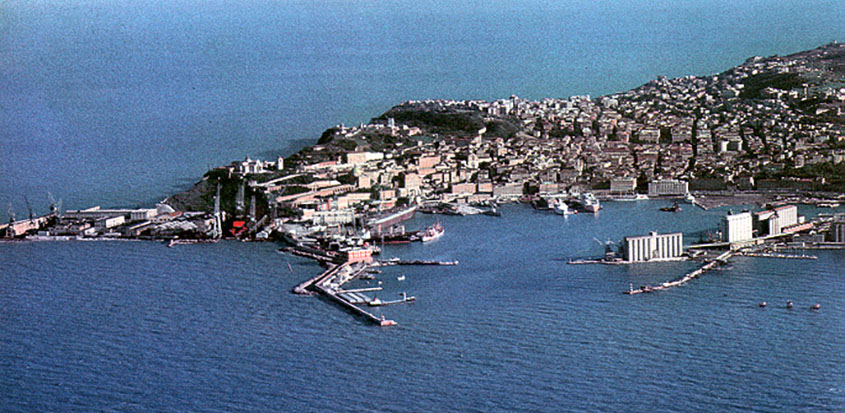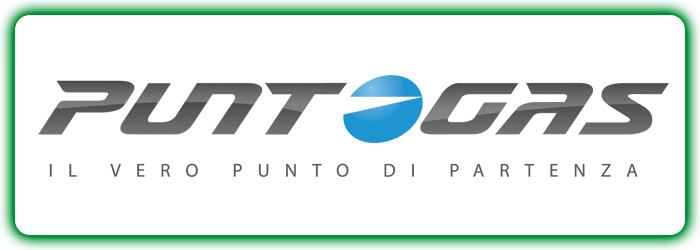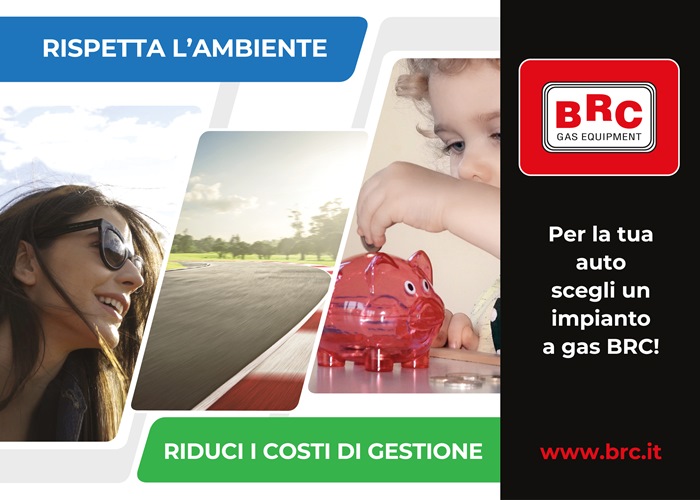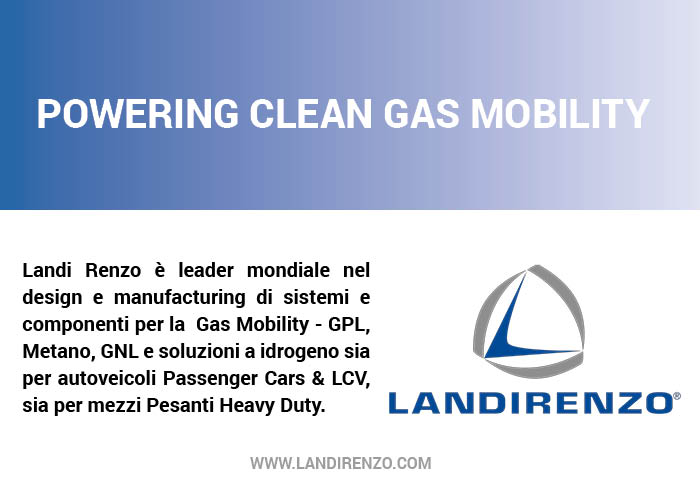The region that boasts the most eco-friendly vehicular circulation is, historically, Emilia Romagna, where 15.60% of the vehicles in circulation are fueled with LPG or CNG. The Marche region is in second place with 14 % and one city, Ancona, among the most eco-friendly in Italy, in this respect, where the vehicles fueled with CNG outnumber those fueled with LPG by three to one and where the data do not change even for new registrations.
This may simply be the result of a strong focus on savings, but there is no question that the province of Ancona has the cleanest cars in Italy.
The environment also benefits from the particular eco-friendly attention, despite two major logistic limitations: the port, which is one of the most important in Italy with intense traffic toward Greece, Croatia and Albania, and the Senigallia Refinery, in environmental and urban conflict with the territory and the environment.
https://ecomobile.it/index.php/en/news/159-turismo-en/1766-economy-and-ecology-together-in-ancona#sigProId4284e293b2
Ancona’s history is rich in traditions and culture, ever since the days of the ancient Etruscan and Hellenic civilizations. Located at the center of the Adriatic Sea, thanks to its position protruding like an elbow into the sea, is the only place in Italy to enjoy both dawn and sunset on the sea. The word “elbow” is Ankon in Greek, the name the early Greek sailors called this harbor when they branched out from Siracusa in 380 B.C. to take control of the area, founding a Greek-Italic colony. The definition of Doric City derived from the posting in the region of the Greek tribe of Dorians. Ancona had already been settled by the Picenians since the Iron Age and the Greeks gave it greater value and importance, before they lost it to the Senonian Gauls and then to the increasing Roman expansion.
After the Byzantine domination, Ancona was a Marine Republic and then a flourishing Renaissance city, absorbed by the Papal States until Italian Unity. For a few days it was even an independent state – The Republic of Ancona – by order of General Napoleon Bonaparte in 1797.
The mild seaside climate and surrounding hills produced a florid landscape with solid agricultural traditions and a cuisine that reflects its trade with the Middle East, when the port of Ancona was one of the first entries to the European continent, with goods that reached, through Emilia, to Lombardy, Switzerland and even Flanders.
A visit to the city is a surprise both for the wealth of a generous, hospitable land and for its sweet, wild beauty, ensuring moments of strong emotion and leaving the visitor suspended between art and history, spirituality and fine food, modernity and tradition.
The Region is hard hit now – perhaps more than others – by the economic recession, as its territory is scattered with many small business. A footwear district is located in the area, and companies that process cellulose, all awaiting better times. In the meantime, saving money by using clean fuel can certainly help.
BLOG COMMENTS POWERED BY DISQUS





















